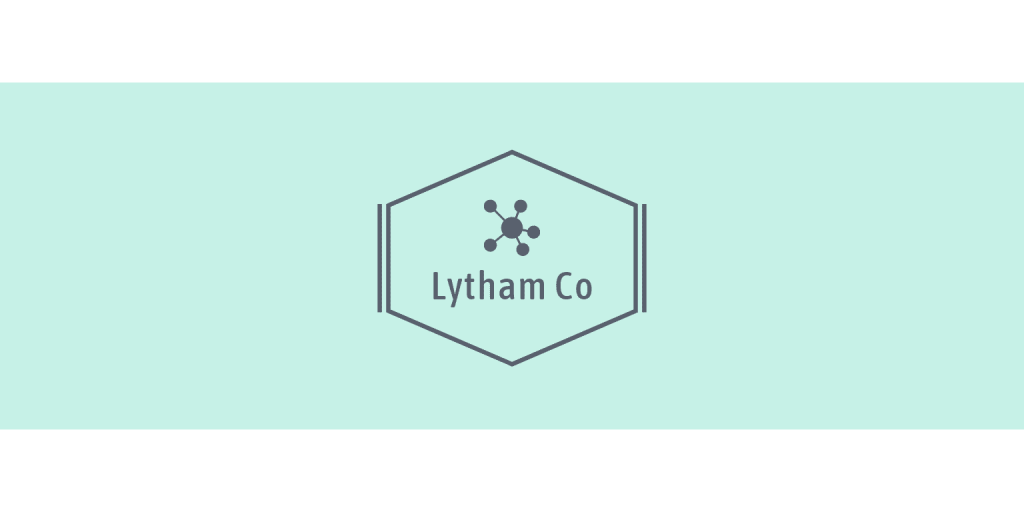Pest Control includes the activities undertaken to prevent or destroy insects, rodents and other organisms that damage property, food crops or people’s health. Methods include exclusion, quarantine, repulsion, physical removal and pesticide treatment.
Pest identification is the first step in any Pest Control program. It allows for accurate assessment of the problem and determines whether the pest is a continuous pest, a sporadic one or a potential future pest. It also helps in the determination of the type of pesticide to use.
Using an IPM approach, the most effective way to control pests is to remove the factors that lead to them. This is often done by removing the pests’ food, water or shelter sources. For example, in a home, preventing pests by repairing leaky plumbing or regularly removing trash can help reduce roach infestations. In a garden, planting marigolds can repel nematodes that damage vegetables.
Other pest control methods include excluding them from an area by placing barriers such as fences or walls to keep them out. These can be very effective for some species, especially when a pest’s breeding grounds or food source are located close by. Another barrier is the natural environment, as features such as mountains and large bodies of water restrict pest movement and prevent their establishment in certain areas.
A more targeted approach to controlling pests involves introducing other living organisms that are natural enemies of the pest, such as bacteria, viruses or insects that prey on them. Bacillus thuringiensis Bt, for instance, is a naturally occurring bacterium that can be used to control caterpillar populations by releasing toxins that are deadly when ingested.
In addition to removing or altering the habitat, biological controls can include hormones such as juvenile hormones that slow down or stop an insect’s development into the normal adult form and pheromones which attract males and discourage mating, thus reducing pest numbers. These methods are generally considered to be environmentally friendly, as they do not affect non-target organisms.
Pesticides are often a last resort, but must be used carefully to ensure the safety of humans and pets. It is important to read and understand the pesticide label when applying any chemical, and always follow the manufacturer’s recommendations for use and disposal. Whenever possible, use baits or crack and crevice treatments to limit the amount of chemical needed. When pesticides are necessary, only those approved for use in homes should be applied. When hiring a professional, ask them to provide information about the chemicals they use, such as their EPA registration number and material safety data sheet. They should also be able to explain the reasons for choosing their specific product over others. This will give you a better idea of the quality of service you will receive and lessens the chances of off-target effects. In addition, never mix pesticides as this increases the chance of dangerous interactions. This is particularly important for organic pest control.
